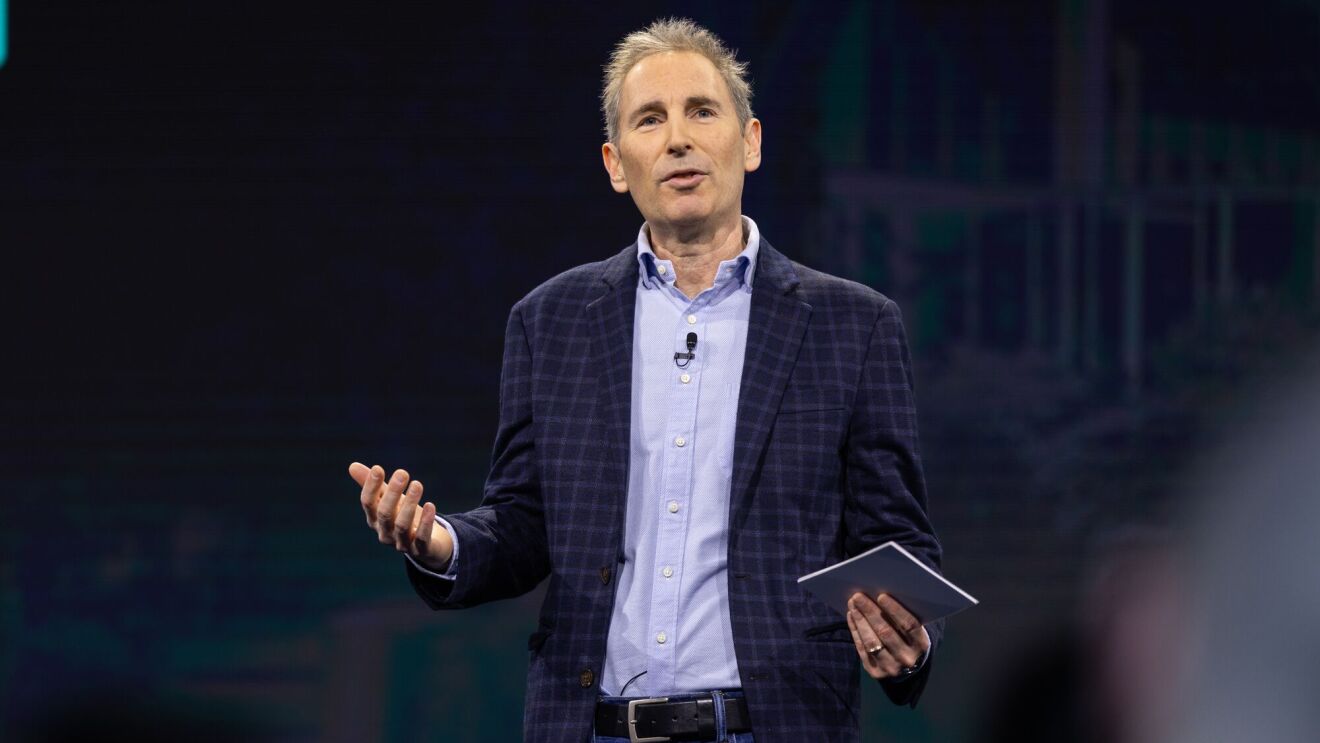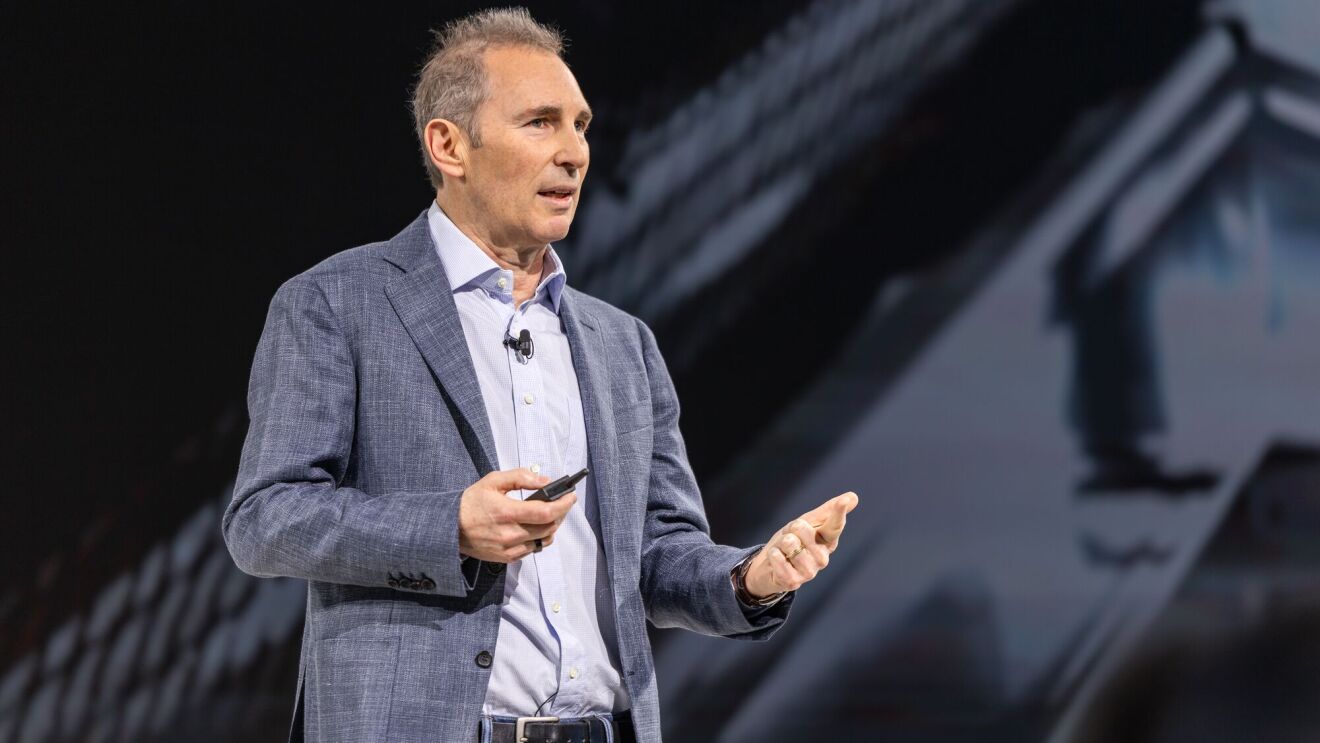To sustain a culture of innovation, Amazon must “strive to operate like the world’s largest startup,” according to Andy Jassy, CEO of Amazon.
In his latest annual letter to shareholders, Jassy shares seven ways Amazon continues to operate like a startup, to deliver for its customers:
First, whatever we're contemplating building has to be focused on solving a real customer problem or meaningfully improving a customer experience. Companies can get off track prioritizing technology because they’re excited about the technology. Great startups are on a mission to change what’s possible for customers.
Second, we have a disproportionate need for builders. These are inventors. They’re people constantly dissecting customer experiences, even ones that seem pretty good today, and asking why they can’t be better. They’re divinely discontent (maybe annoyingly so for team members proud of what they’ve previously built), and never feel like the job is done.
Third, we want owners. One of the strengths of Amazon over the first 30 years is that we've hired really smart, motivated, inventive, ambitious people who have been great owners. And, that means that our teammates are constantly asking themselves, “What would I do if this was my own money?” “What would I do if I started this company and I was the majority owner?” “Hey, I know I’ve only been asked to own a part of this project, but I’m not sure if the other parts are being driven well—should I stick my nose into this and make sure or just trust somebody’s got it?” Owners feel accountable. They care deeply about the quality and effectiveness of what they own, and view the company’s mission as their mission (we want missionaries, not mercenaries). That's part of what our effort to increase the ratio of individual contributors versus managers is about. We want flatter organizations where our owners doing the work feel like they own the two-way door decisions (which are the vast majority), can move rapidly, and are fully accountable for solving the Whys of their customer experiences.
Fourth, speed disproportionately matters for every business, in every industry, at all times. It’s a false binary to argue that you can move fast or deliver high standards. If you want to be fast, you can be fast, and still be high quality. We’ve done it for many years (though we can still be faster). Speed is a leadership decision. The leadership team has to believe it’s a priority, reinforce it constantly, organize and remove structural barriers, and build in modular ways that enable pace. But, speed does not happen unless the entire company and culture embrace it. We have this persistent feeling, throughout the company and in every business in which we operate, that there are closing windows all around us. We operate in fiercely competitive market segments, with highly talented, well-funded, ambitious companies at every turn. Customers are always looking for something better. We spend a lot of time identifying how to unlock these experiences for them as quickly as possible, and know if we don’t, somebody else will.
Another way to gain speed is to eliminate bureaucracy. There is a difference between process and bureaucracy. When you're running something at scale, you need mechanisms to deliver the right experience and constant improvement for customers. However, as companies grow and add more managers, unneeded processes get layered on that add little value. Last fall, I asked teammates across the company to send me bureaucracy examples that they were experiencing. I’ve received almost 1,000 of these emails, and read every single one. Builders hate bureaucracy. It slows them down, frustrates them, and keeps them from doing what they came here to do. As leaders, we don’t always see the red tape buried deep in our organizations, but we can sure as heck eliminate it when we do. We’ve already made over 375 changes based on this feedback. We need to move fast, and we are committed to rooting out bureaucracy that ties up time and dispirits our teammates.
Fifth, you have to be scrappy. As businesses succeed and get larger, they sometimes forget how things got started. We built Amazon Simple Storage Service (S3) with 13 people; Amazon Elastic Compute Cloud (EC2) with 11 people. Managers can confuse themselves that the way to grow and get ahead is to accumulate large teams. Historically, we’ve had periods where we’ve allowed this thinking to hold sway. But, it’s not the way we fundamentally think about building teams and products, and have adjusted to reflect that again. Our best leaders get the most done with the least number of resources required to do the job. They pride themselves on being lean.
Sixth, you have to be willing to take risks. This sounds easier than it is. You need clever enough people to identify worthwhile bets. And if you have these inventive, ambitious builders with high standards, they’re not used to failure. They suspect external (and maybe internal) ridicule awaits them if they try something very different that doesn’t work out. So, people often play it safe. But, you can’t achieve something extraordinary for customers by playing “not to lose.” If your Whys take you down an invention path that delivers an experience that doesn’t look like what’s been done before, let customer obsession be your compass. You rarely, if ever, change the world by doing the same thing as everybody else.
And finally, you have to care most about delivering compelling results for customers. It's not how charismatic you are. It's not whether you're really good at managing up or sideways. What matters is what we actually get done for customers. That’s what we want to reward.
Trending news and stories












